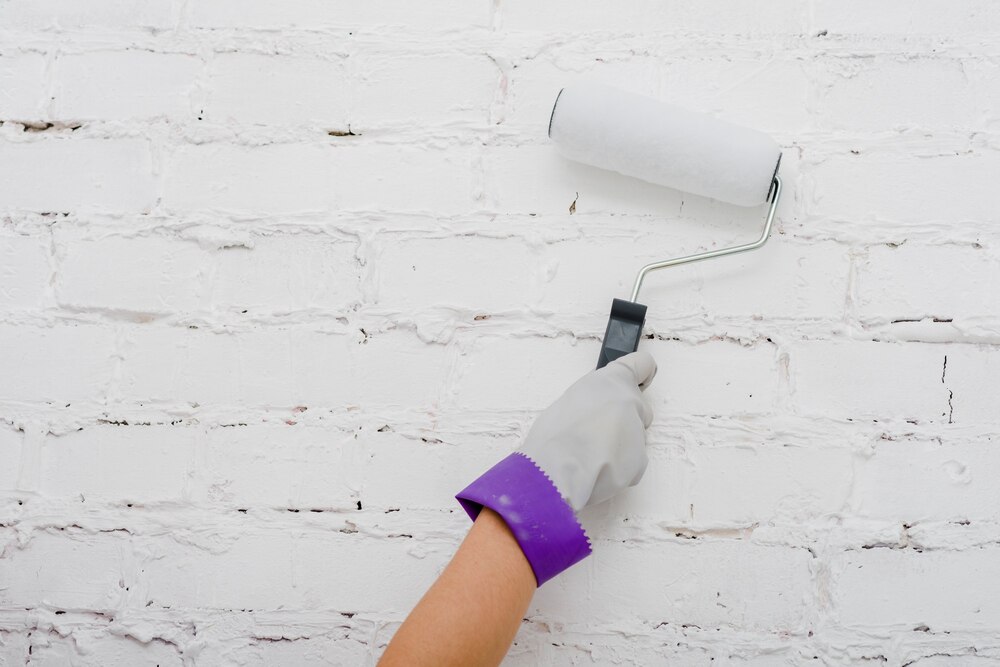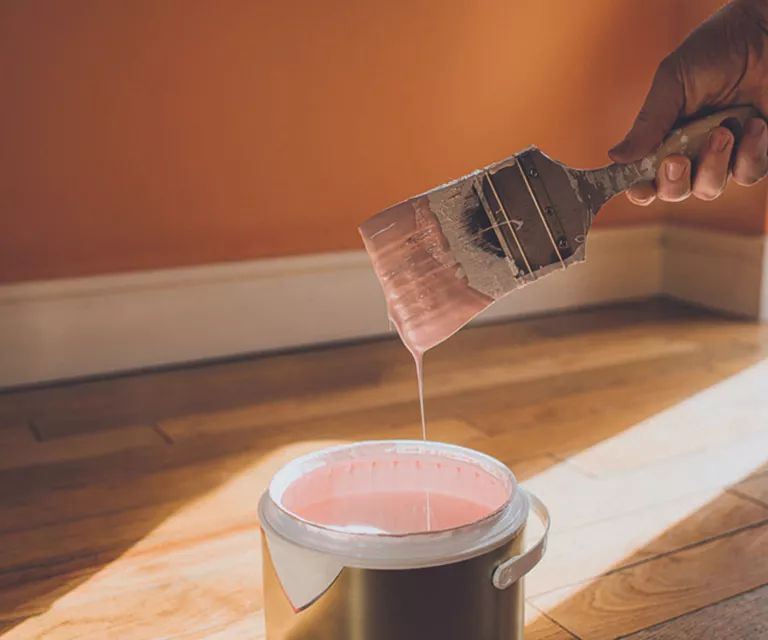We have always seen people around us asking us a specific question: is it suitable to use exterior paint indoors? Well, we shall tell you some secrets that you ought to know.
The Difference Between Indoor and Exterior Paint
Composition
Interior paint is specially formulated for the unique demands of indoor spaces. Similarly, VOCs are compounds that paint can produce that could be harmful to your health or have disagreeable odours.
Exterior paint is created to endure tough outdoor conditions like UV rays, extreme temperatures, rain, and wind. It’s built to protect surfaces from the elements effectively. Furthermore, it often contains higher levels of VOCs and more robust additives for improved weather resistance.
Durability and Protection
Indoor paint doesn’t need to deal with the same environmental stresses as exterior paint. It prioritizes easy cleaning and a smooth finish rather than stain and scuff resistance. However, it may not hold up well to outdoor elements and can fade quickly if exposed to direct sunlight.
The exterior paint, on the other hand, is engineered to be tough and durable, protecting your home from the elements. It resists fading, cracking, and peeling, making it ideal for use on surfaces like wood, metal, stucco, or concrete.
Aesthetics
Indoor paints offer a wide range of sheens, from flat to high gloss which will allow you to achieve your desired look for the walls. You can choose the level of shine that suits your style and preferences. Exterior paint comes in different sheen options, but it might not give the same smooth finish as indoor paint because it’s designed to be more durable against outdoor elements.
How to Use Exterior Paint Safely Indoors
While it’s technically possible to use exterior paint inside your home, there are some essential safety considerations to keep in mind:
- When applying paint indoors, adequate ventilation in your home is essential because outdoor paint frequently includes greater quantities of VOCs. Moreover, you can open windows and use fans to ensure fresh air circulation while you work. If at all feasible, think about painting when the weather permits you to leave the windows open so the fumes can circulate.
- Check the paint can’s label for the VOC content. If you’re sensitive to fumes or have respiratory issues, it’s best to choose low-VOC or no-VOC interior paint. These options are more environmentally friendly and have minimal impact on indoor air quality.
- You need to take precautions such as goggles and covered clothing, whether indoors or exterior. Additionally, this precaution will protect you from inhaling fumes and prevent any accidental contact with your skin or eyes.
- You should keep in mind that exterior paint may take longer to dry indoors due to reduced ventilation and humidity levels. Also, it might not adhere as well to certain indoor surfaces, like drywall, as interior paint would. Furthermore, consider applying a suitable primer to enhance adhesion and achieve a smoother finish.
- This is important, you need to be careful that exterior paint could not give as much UV protection as interior paint if you want to use it on interior surfaces that will be exposed to direct sunlight. Similarly, over time, the color might fade or change due to sun exposure.
- Exterior paint is best suited for tough, outdoor surfaces. For living rooms, bedrooms, and areas with low foot traffic indoors, we would recommend you to use paint made specifically for indoor use to achieve superior results. Hence, exterior paint may not perform as well on these surfaces.






